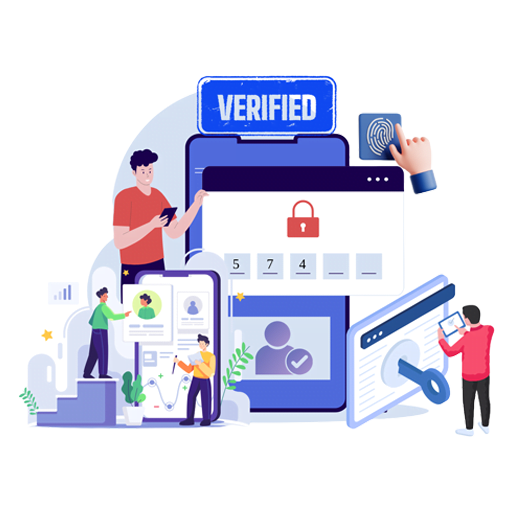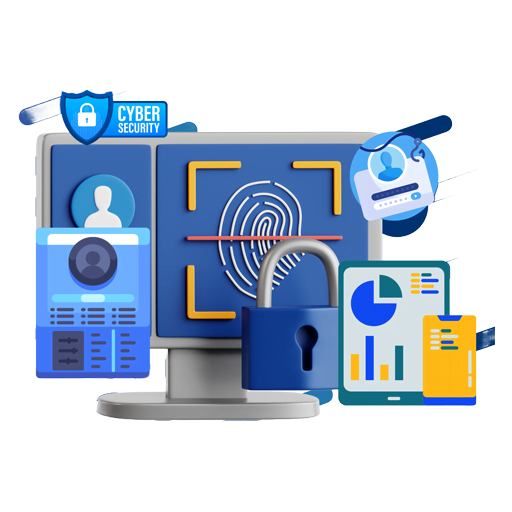Cyber Security
The Hidden Risks of Neglecting
Cyber security for Businesses
Securing Your Future with
Our Superior Cyber security Solutions
In today’s digital landscape, cybersecurity is more critical than ever for protecting businesses from potential threats like data breaches, financial losses, and disruptions to operations. At Lislip, we specialize in cybersecurity by leveraging advanced technologies and proactive strategies. Our approach includes continuous monitoring, robust encryption methods, and thorough risk assessments to ensure the security of your sensitive data and systems. By choosing us, you partner with a dedicated leader in the field, committed to staying ahead of emerging threats and providing tailored solutions to safeguard your business’s reputation, financial well-being, and customer confidence. Count on us to keep your digital assets secure and your business operations uninterrupted in an increasingly interconnected world.
Why Choose Us?
The Cyber Security Will Have The Following Features

Ensuring Data Confidentiality
Maintaining Data Integrity


Ensuring System and Data Availability
Verifying User and Device Authentication


Non-repudiation and Accountability
Non-repudiation ensures that the parties involved in a transaction or action cannot deny their involvement or the validity of the transaction. It relies on cryptographic techniques such as digital signatures and audit trails to provide irrefutable evidence of who performed an action, when it occurred, and what changes were made. Digital signatures use public-key cryptography to authenticate the origin and integrity of electronic documents, ensuring that they have not been altered since they were signed. Audit trails record and monitor activities within systems, logging events such as login attempts, file accesses, and configuration changes. By establishing non-repudiation and accountability, organizations can enforce compliance with legal and regulatory requirements, deter fraudulent activities, and resolve disputes related to transactions or security incidents.
Comprehensive Risk Management

